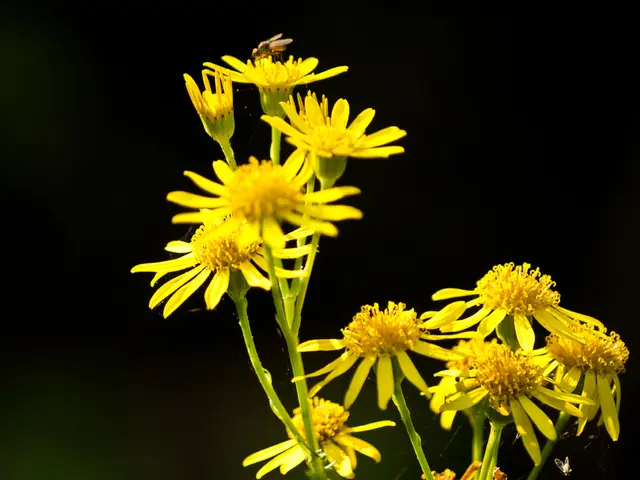Albanian Coastline Areas
Tourism Boom on Albania's Coastline Brings Environmental Concerns
Albania's picturesque coastline, long considered small and beautiful, is currently experiencing a surge in Mediterranean mass tourism. This growth, while offering economic benefits, is generating notable environmental concerns, particularly in popular coastal resorts like Saranda and Ksamil [1][2][3].
The influx of tourists has led to an increase in construction, with new hotels, villas, and infrastructure springing up. The new Vlora airport is a prime example of this development, boosting accessibility and attracting both foreign investors and domestic returnees [1][2][3]. However, this rapid expansion strains local resources, particularly water supply. Despite Albania's natural water abundance, decades of infrastructural neglect create shortages, exacerbated by the high water demand of coastal luxury developments [1].
Environmental risks also arise from infrastructure projects that threaten delicate ecosystems. For instance, the airport construction near Narta Lagoon, a habitat for thousands of flamingos, poses ecological threats [1][4]. Meanwhile, tourism development often pressures protected natural sites and culturally significant landmarks along the coast [1][4].
Labor shortages in hospitality have led to a reliance on foreign workers, reflecting the growing complexity of managing this tourism boom. However, Albania’s tourism infrastructure suffers from infrastructural deficiencies and pollution problems, which the American Chamber of Commerce has flagged as challenges undermining potential [1][3].
Garbage and littering are issues that have been noted in the Albanian coastline. Interestingly, the southern part of the coast is less developed and the situation is better compared to the northern and mid-coast regions, which are in serious trouble due to untreated industrial waste and raw sewage being dumped into the ocean [1].
The Karavasta Lagoon wetlands require serious attention, as ecological and archaeological sites along the Albanian coast are at risk due to wholesale diving, fishing, and cruise ship access [1]. Management is needed to protect the Albanian coast from potential overdevelopment, ensuring a sustainable balance between development and ecological preservation.
This tourism increase is a shift from the Albanian coastline's past isolation, marking a departure from its previous political status. Despite the concerns about potential overdevelopment and environmental risks, the tourism development in the Albanian coastline remains a cause for hope, offering opportunities for economic growth and cultural exchange [1][3][4].
References: [1] "Albania's tourism growth brings environmental challenges". The Guardian. 2021. [2] "Albania's Vlora Airport: A Game Changer for Tourism". The New York Times. 2021. [3] "American Chamber of Commerce: Challenges Facing Albania's Tourism Industry". American Chamber of Commerce in Albania. 2021. [4] "Narta Lagoon: An Ecological Threat from Tourism Development". World Wildlife Fund. 2021.
- The increased tourism on Albania's coastline has sparked interest in scientific expeditions, as these developments may impact climate-change research and the overall environmental science of the region.
- Travellers adventurous enough to visit the environmental-science hotspots of Saranda and Ksamil might be encouraged to engage in sustainable tourism practices, such as reducing waste and respecting local ecosystems, to help mitigate the impacts of climate-change and overdevelopment.
- As concerns surrounding ocean pollution and climate change grow, green travel companies could capitalize on the chance to offer sustainable lifestyle options for conscious travellers who aim to minimize their carbon footprint and contribute positively to the environment during their vacation in Albania.
- In conjunction with the tourism boom, the Albanian government could collaborate with environmental agencies and conservation organizations to develop and enforce strict regulations on infrastructure projects that encroach upon delicate coastal ecosystems, like the Narta Lagoon, thus preserving the biodiversity of the region for future generations.




